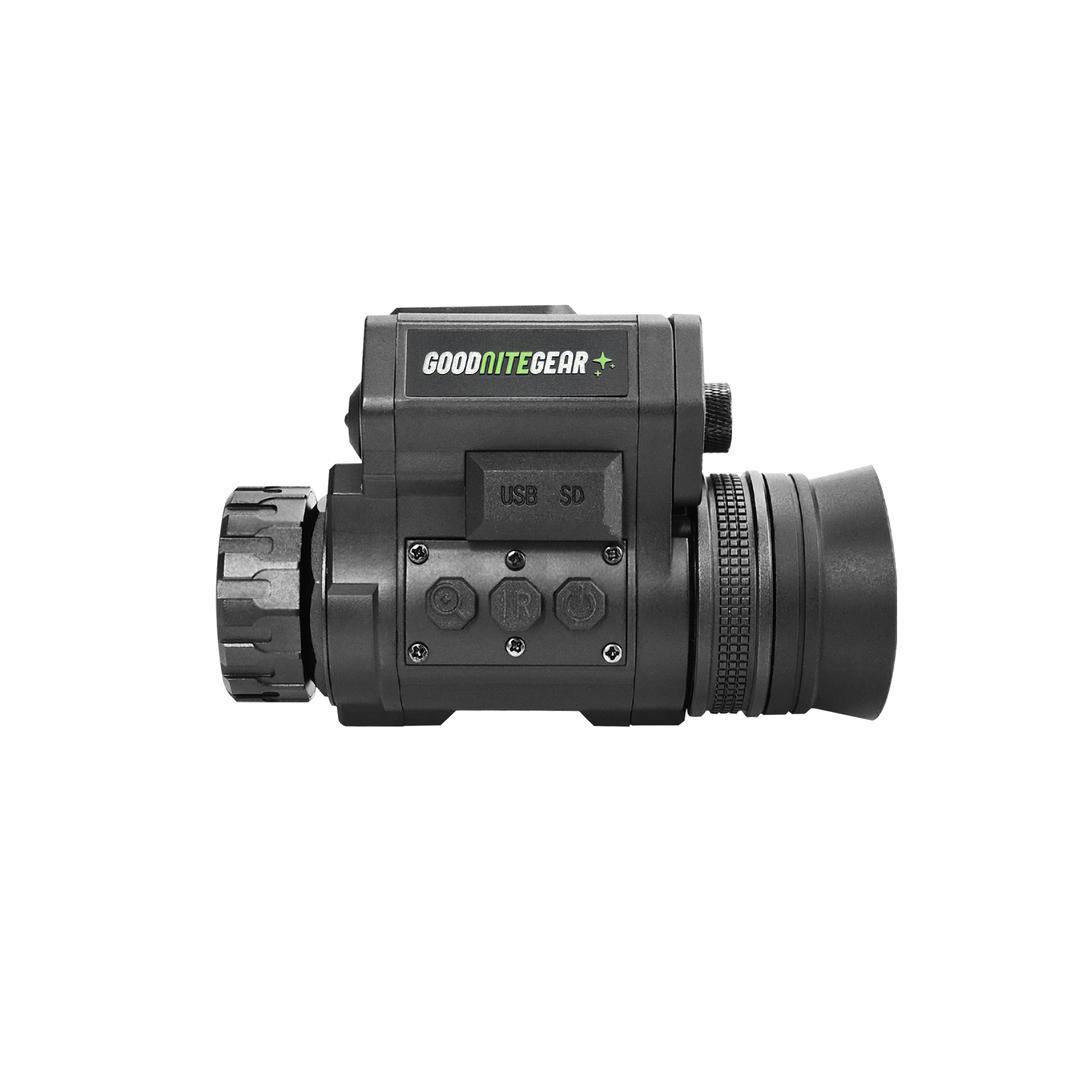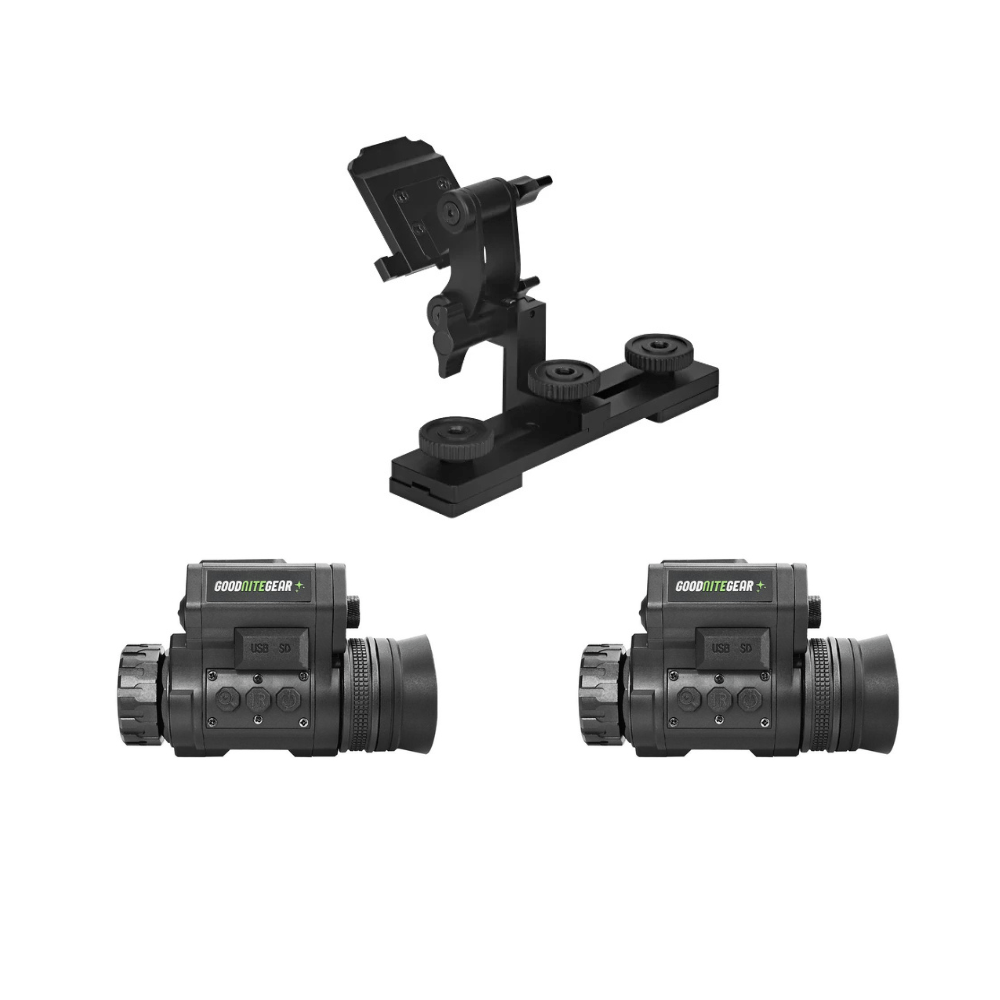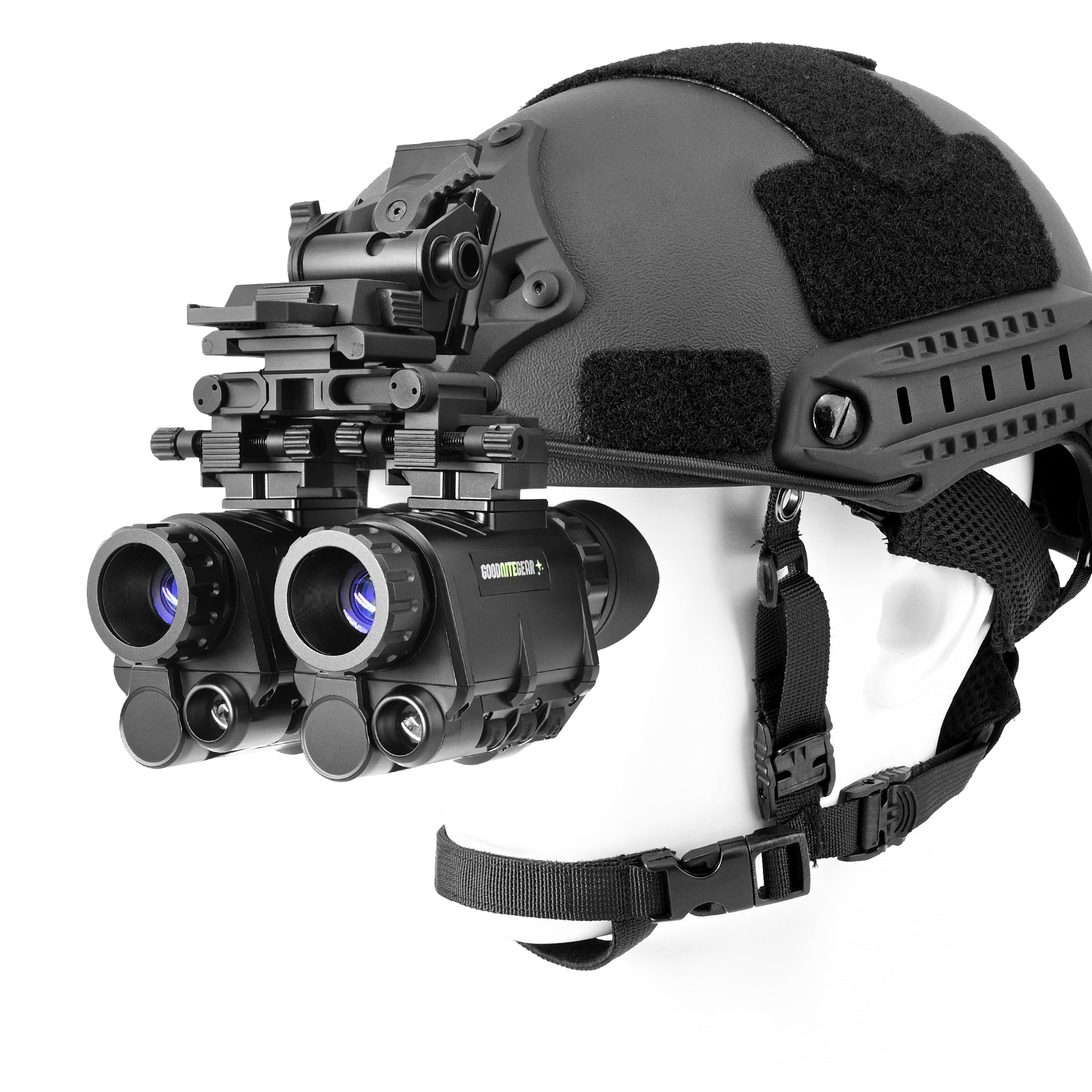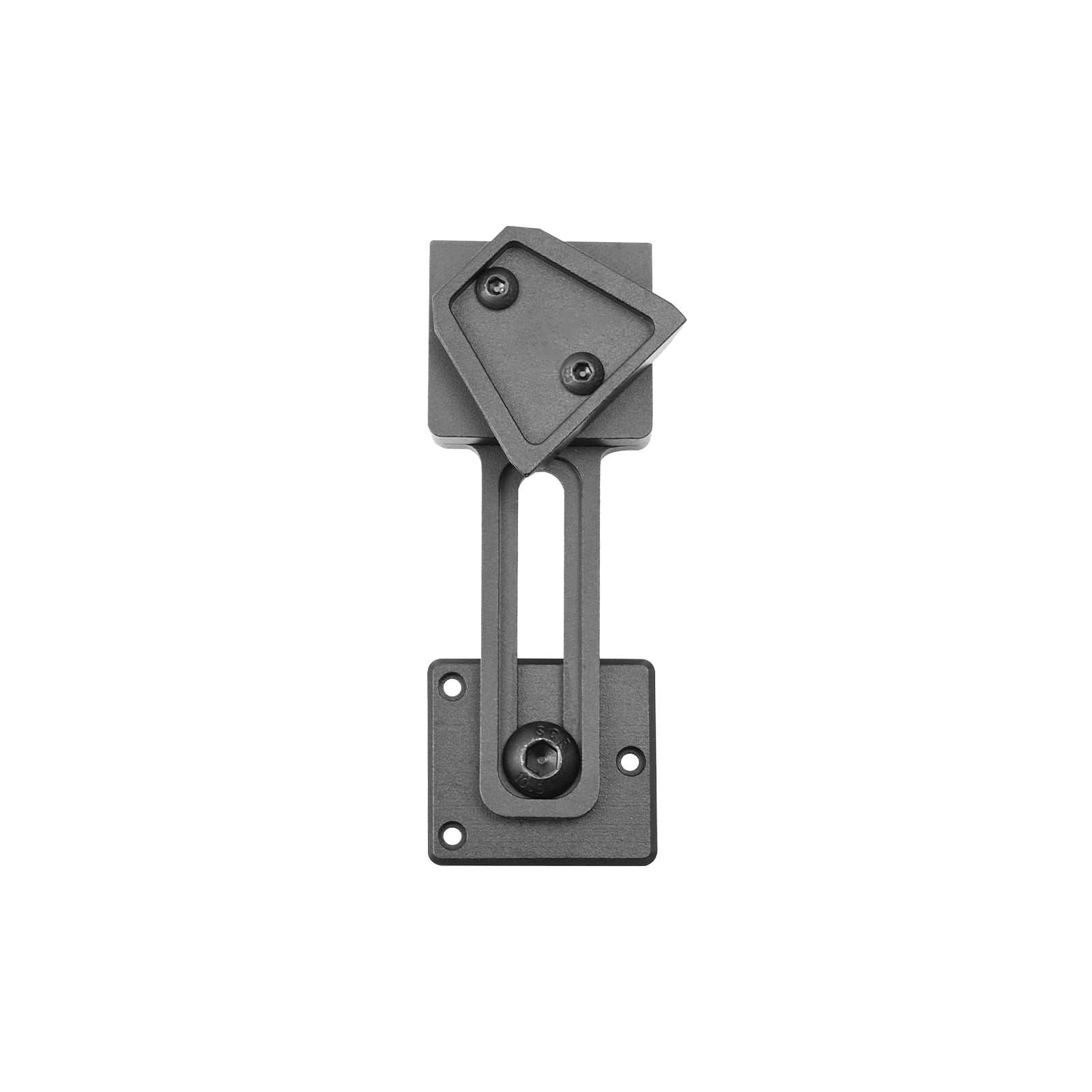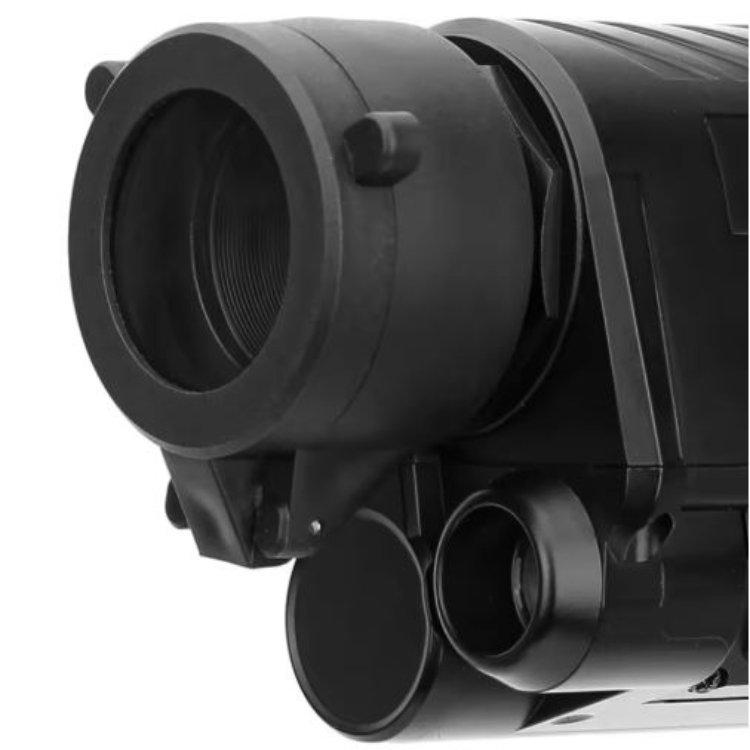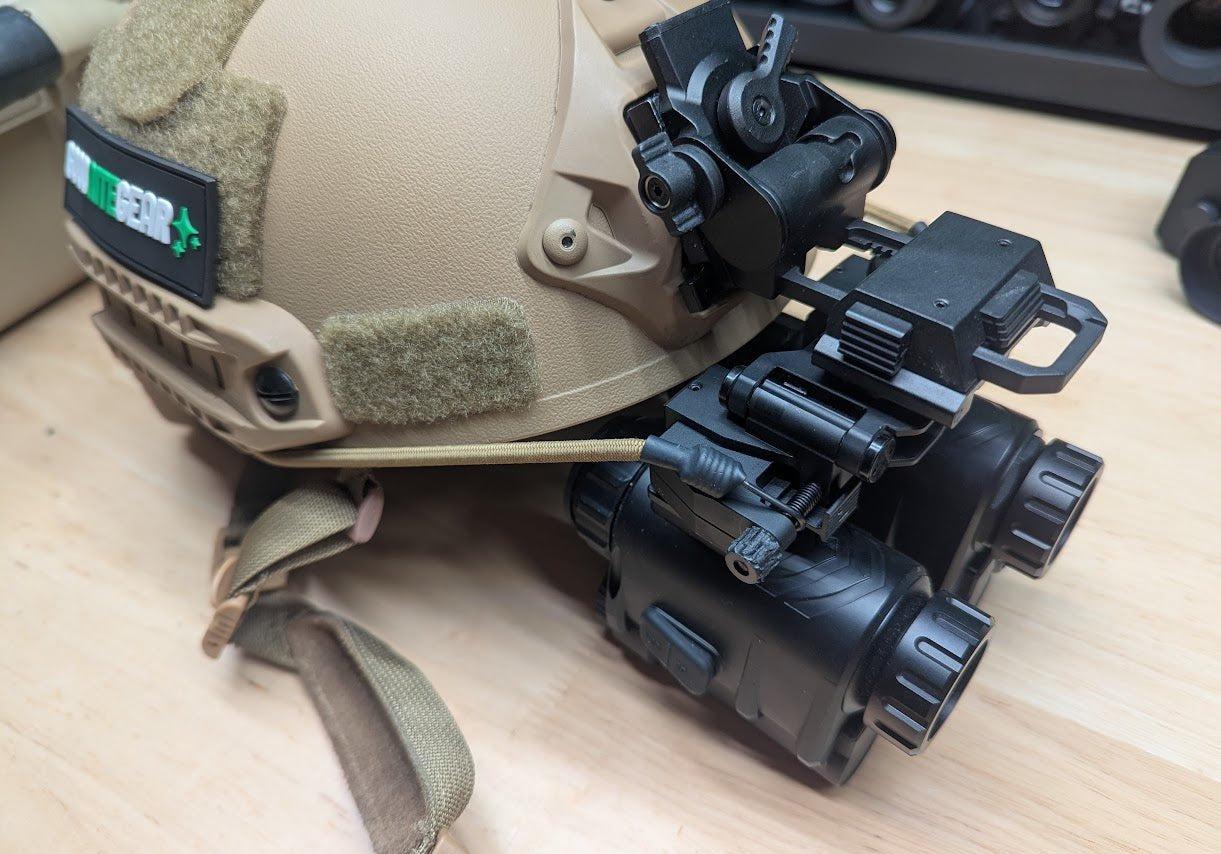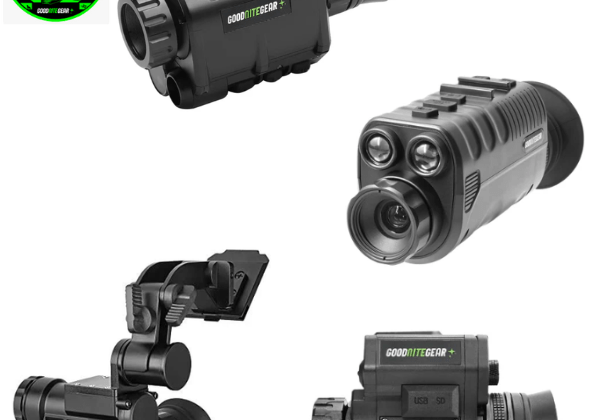For field professionals and outdoor recreations, thermal monoculars have become essential instruments. If you know how to pick a thermal monocular, you can get the perfect one without confusion.
For this purpose, you must study its fundamental and additional features in detail. Therefore, Good Nite Gear Shop explains how to pick a thermal monocular without stressing over it.
Sensor and Display Resolution
Sensor and display resolutions affect how clear thermal pictures are.
Sensor Resolution
Higher resolutions, such as 640 x 480 pixels, provide detailed pictures, which are necessary for recognizing objects at a greater distance.
Display Resolution
A high-resolution display guarantees a sharp rendering of the recorded thermal images.
To obtain better image quality for professional purposes, choose higher resolutions.
Detection Range
The detection range shows how far a monocular can detect heat signatures.
Short Range (up to 200 yards)
This range is suitable for hiking or camping
Medium Range (200–500 yards)
The medium range is ideal for general wildlife observation
Long Range (500+ yards)
This range is best for hunting or security surveillance.
Select a gadget whose detection range suits your requirements.
Refresh Rate
Smoother visual transitions are made possible by a greater refresh rate, essential for monitoring moving objects.
-
30Hz is adequate for most applications.
-
50Hz or 60Hz is recommended for fast-moving targets or professional use.
To prevent picture display lag, make sure the refresh rate is appropriate for the purpose.
Magnification and Field of View (FOV)
Magnification and FOV must be balanced:
Higher Magnification
It narrows the FOV yet enables detailed viewing of far-off objects.
Wider FOV
Larger regions may be scanned more easily with a wider FOV, although distant targets may lose detail.
Depending on your demands for observation, pick a monocular that provides the ideal balance.
Durability and Weather Resistance
Strong equipment is required in outdoor conditions:
IP Ratings
An IP67 certification guarantees that the gadget is impervious to dust and can survive submersion in water up to one meter deep.
Build Quality
To guarantee a lifetime, look for designs that are weather-resistant and shockproof.
For dependable performance in demanding situations, durable construction is essential.
Battery Life
Long-term power is necessary for extended operations:
Standard Usage
Try to run continuously for at least five to eight hours.
Extended Missions
Consider the external power sources or batteries that may be changed.
Battery life should be comparable to how long you usually spend doing things.
Bonus Features
Contemporary thermal monoculars provide several improvements.
Recording Images or Videos
Take note of and examine observations.
Wi-Fi Connectivity
It allows for remote device control and streaming.
Color Palettes
Various viewing settings to improve detail and contrast.
Determine which characteristics are necessary for the applications you have in mind.
Also, check our night vision monoculars.
The Bottom Line
When learning how to pick a thermal monocular, it is important to evaluate your unique requirements and match them with the device's features. Decide confidently to improve your outdoor adventures or work-related chores. Purchasing a high-quality thermal monocular that meets your needs will provide the best possible performance and value.

